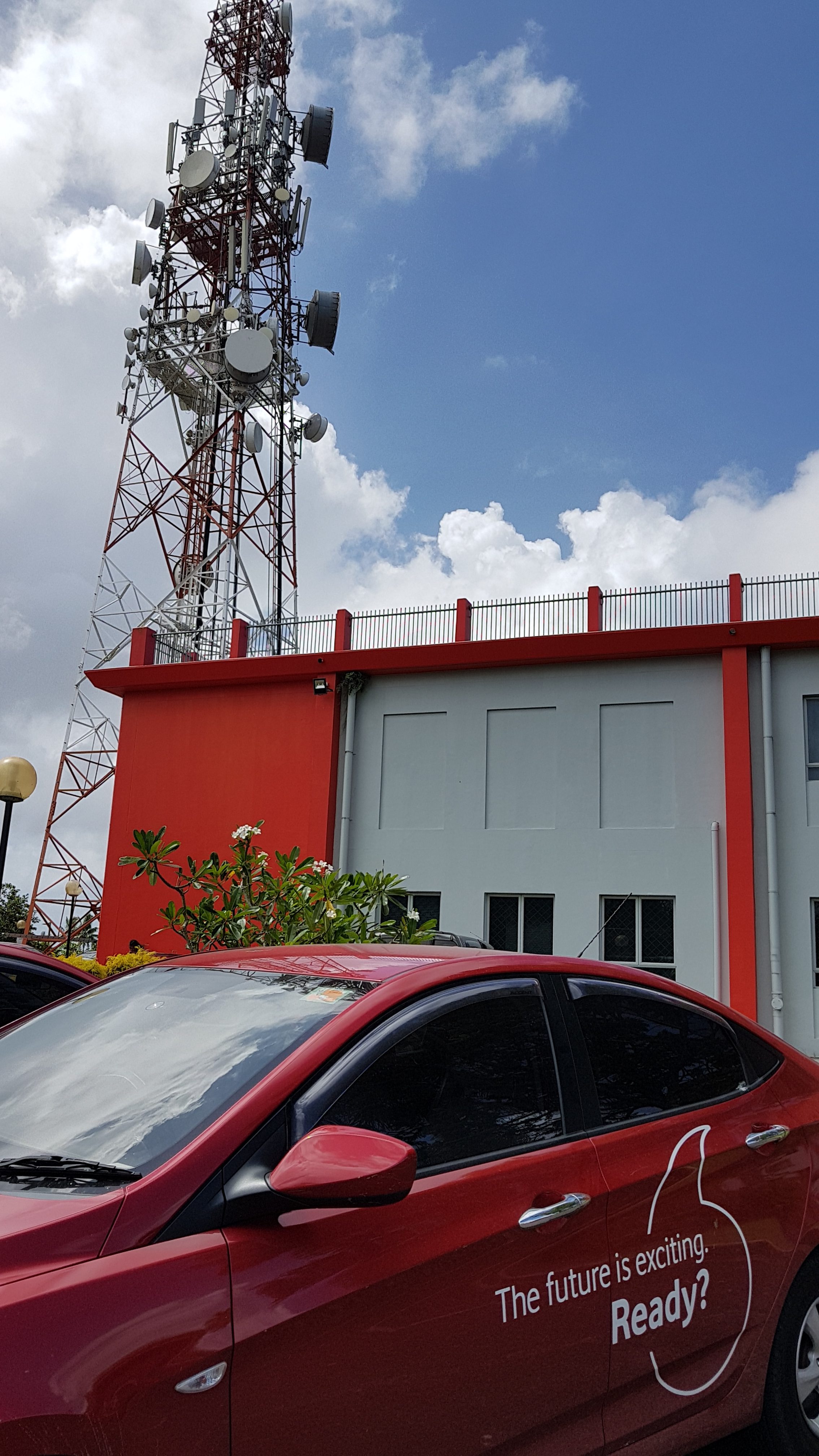
The past year has been eventful for Vodafone Fiji. According to Ravikash Chandra, the company’s Technical Manager – Data Networks, meeting the growing demand for bandwidth in the Pacific Island nation over the past 12 months has been no small accomplishment.
“We have seen demand grow by at least 5Gbps in just one year, compared to only a few hundred Mbps year-on-year growth previously,” said Ravikash. “This obviously has to do with the increased footprint of LTE, LTE Advanced, and smartphone penetration, as well as the push in the corporate ICT sector. The demand for data is very high.”
Ravikash said that “by changing Vodafone Fiji’s upstream provider from a Tier 2 to a Tier 1 provider in the US and Australia,” as well as upgrading its equipment, “we have managed to mitigate this scalability pain point as well as deliver new services to our customers”.
Ravikash added, Vodafone Fiji’s Tier 2 provider had limitations in keeping up with the huge growth of Internet traffic and customer demands, while Vodafone Fiji also required full Internet routing, multiple 10Gbps port interfaces and dedicated mobile oriented traffic links.
“In the end, we decided to go with one of the top Internet wholesale providers in Australia mainly due to commercial and scalability factors.
“After the migration, other positive features enabled were full routing table from default (which allows Vodafone Fiji to provide lower latency to its customers); and dynamic routing (giving better quality of experience directly to the US or Australia depending on customer server location).
“Now that we have a presence in Sydney, we are also able to connect to the IX-Peering cloud there. This further enables us to save transit costs as well as ensure we get the best quality of experience due to reduced latencies.”
Ravikash also mentioned that they have recently set up the Fiji local IX-Peering. This was steered by the regulator (Telecom Authority of Fiji) and all the service operators are now exchanging traffic locally.
Read: Fiji joins the IX community
“We are already noticing reduced latencies from all the changes done, which further improves the quality of services,” he said. “Savings made are going to be used in expanding our coverage to provide the Internet to more users in Fiji.
“We are also planning to connect to the Internet Exchange Peering platform in the US, once we fully analyse how the Sydney peering has improved our services. This is planned for 2018/19.”
Ravikash, who has been with the company since 2005, said Vodafone Fiji is now the biggest Internet provider in Fiji, with about 60% of the “Internet pie”.
Challenges ahead: Cybersecurity, OTT and IPv4 exhaustion
Over the past few years, Vodafone Fiji has worked hard to stay ahead of its competition, including setting up:
- Architecture changes for the Internet domain with separate, fully-redundant Internet gateway router and switch domains, providing easier demarcation from other functions in the business.
- Security technologies to mitigate DDOS, spam, botnets, and other security vulnerabilities.
- Deep Packet Inspection (DPI) and network analytic systems to understand network behaviour and assist with traffic shaping where necessary.
But there are many challenges it has to face. One is with regard to the high rate of IP blacklisting due to viruses and malware on customer devices. “We have implemented HBAD and NBAD technologies. We are now working with cloud vendors for clean pipe solutions where the end device does not have to implement anti-virus applications,” says Ravikash.
“Added to this is the high cost of providing IP Services because we are far away from the rest of the world. This is where our regional collaboration is helping by getting economies of scales.
“Not forgetting the worldwide network operator challenge of the OTT (Over the Top) where our traditional revenues of voice and SMS’s are being eroded by messenger apps. We are working on voice and SMS’s bundled packages to combat this threat from the likes of Viber, WhatsApp and Facebook.”
Among the most immediate challenges is addressing the IPv4 shortage, which they are doing by using NAPT/CGNAT as per the mobile standards.
“The long-term view is to use IPv6. We have deployed IPv6 on our edge routers. We are now planning to start testing IPv6 with our various customer segments starting from 2018. This will significantly reduce processing load and give us better performance on our network elements.”
The major roadblock to using IPv6 efforts, Ravikash says, was that Vodafone Fiji had some carrier-grade network equipment that did not support IPv6. “We recently upgraded this legacy equipment and now we are in a position to begin IPv6 testing end-to-end.”
“Overall, the future is very bright for the Pacific. We are working more closely together now to overcome the technological challenges we all face and provide the best for our community.”
The views expressed by the authors of this blog are their own and do not necessarily reflect the views of APNIC. Please note a Code of Conduct applies to this blog.


